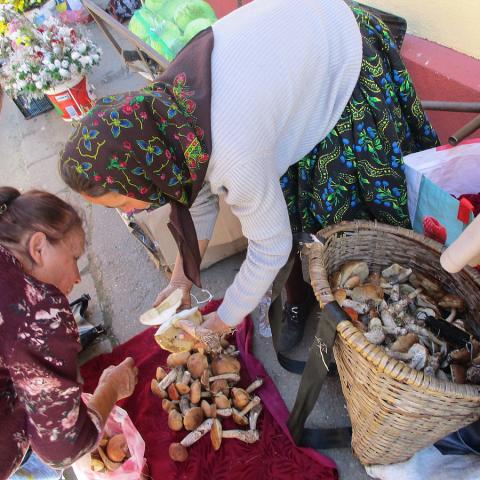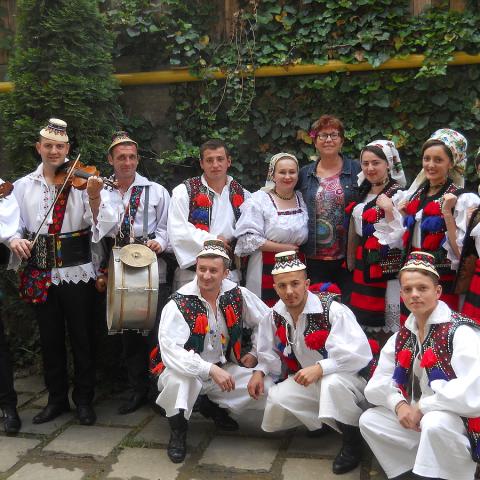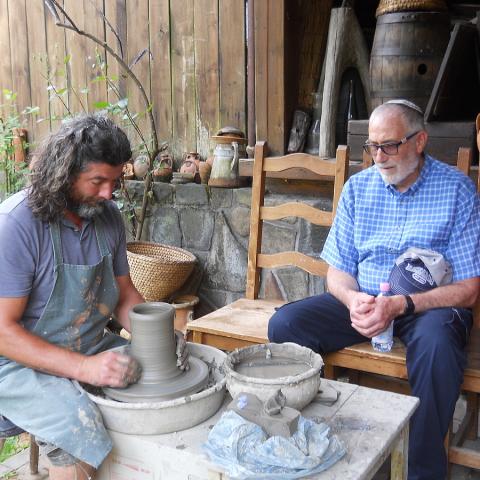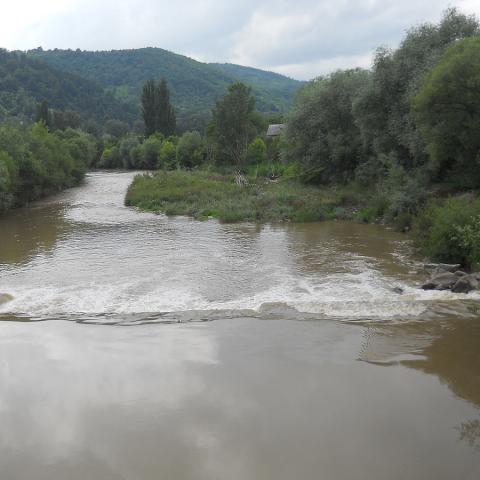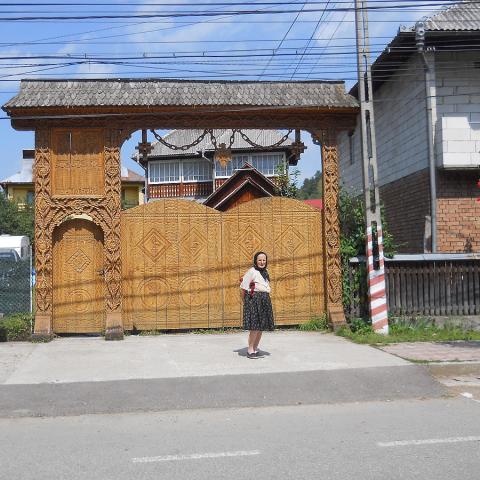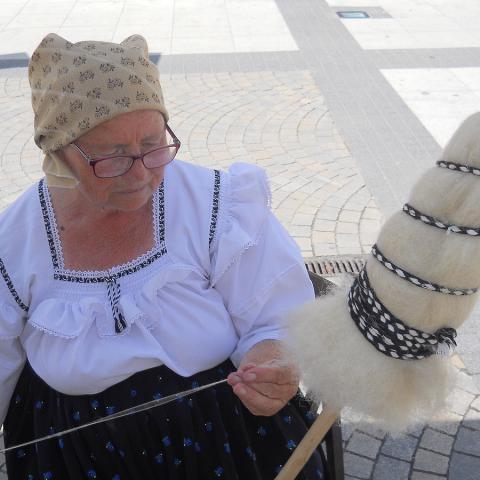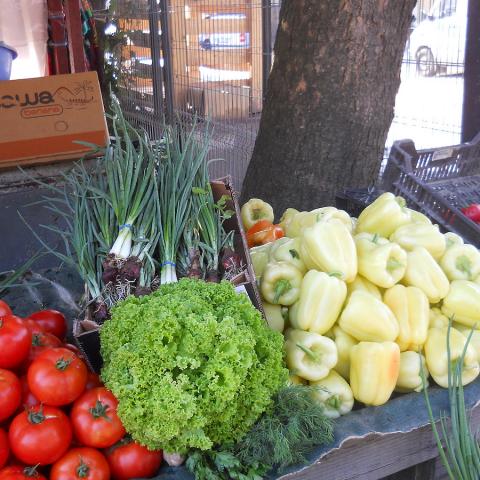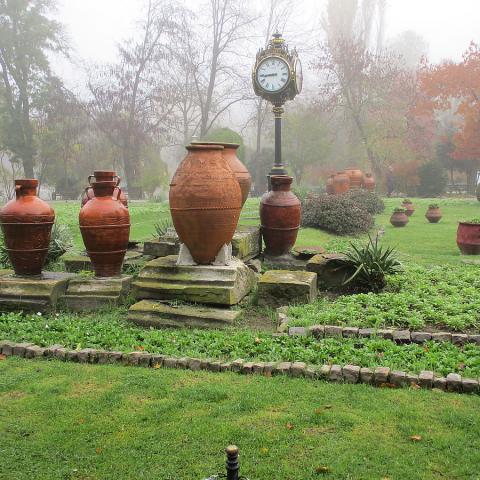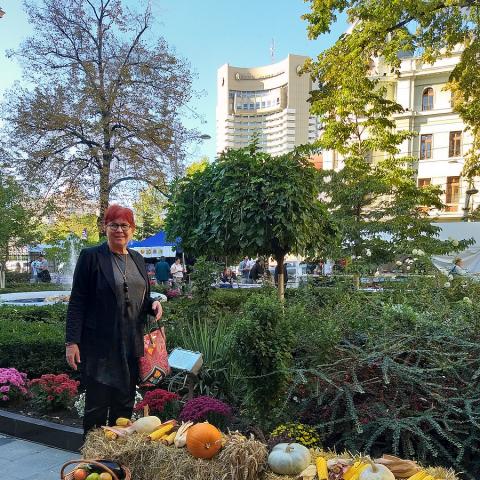Letters from members - Peninah Zilberman, an Israeli who has discovered her Romanian roots: Missing Romania is an understatement!
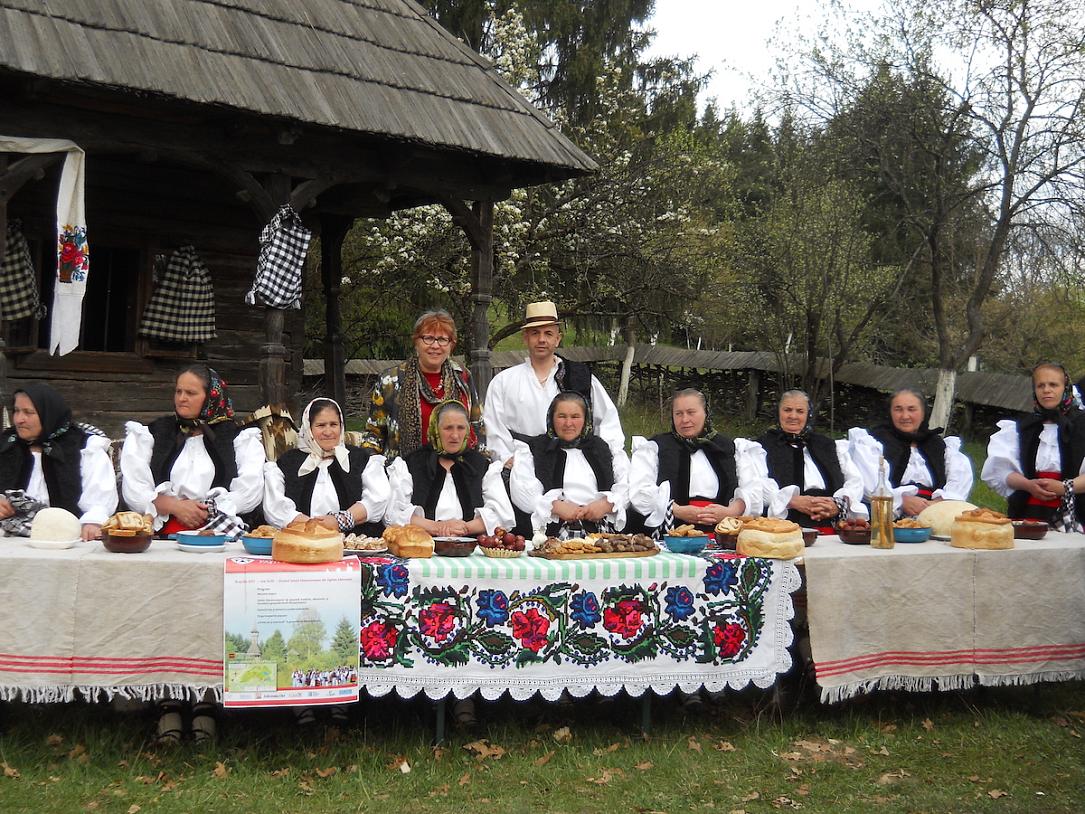
Guest writer Peninah Zilberman, a Romania Insider member, shares how she first walked in the footsteps of her parents and grandparents in Romania, how she fell in love with the country and what are her favorite places, and what she misses most now that she is unable to visit because of the pandemic. As part of our Romania Appreciation Weeks campaign, we invite our members and readers to share their stories about Romania and what they love about the country with our readers worldwide. To make it easier, you can answer one of the questionnaires that you can find here.
Welcome to Bucharest, said the flight attendant on May 28, 1998. On the one hand, I was so excited to visit after all those years my grandmother Elise, who used to spend her days in the "interbelic period" in Bucharest, had told me stories about the beautiful and welcoming country. Still, at the same time, I felt nervous and anxious about the unknown.
Even though I came well prepared - speak and read very well Romanian, with spelling mistakes in writing - I knew it's not enough.
A friend I met in Ottawa a few months before met me with a beautiful smile and a bouquet of flowers. Yes, the Romanian people are welcoming foreigners then and now.
That was my first visit that lasted one month of discovery and unearthing family-related sites, stories, and just feeling the country's energy. Since then, I have been visiting Romania every few years between the years 1998-2010.
However, in the past ten years, I have been staying in Romania during the most beautiful season: spring to the end of fall.
Both my parents have had deep roots in Romania for many centuries. My grandmother was part of the cultural personalities at Café Capsa on Calea Victoriei, in Bucharest, where many artists of all disciplines were spending mid-day in the café while breathing the aroma smells of delicious coffee and enjoying the most beautifully decorated and unhealthy cakes.
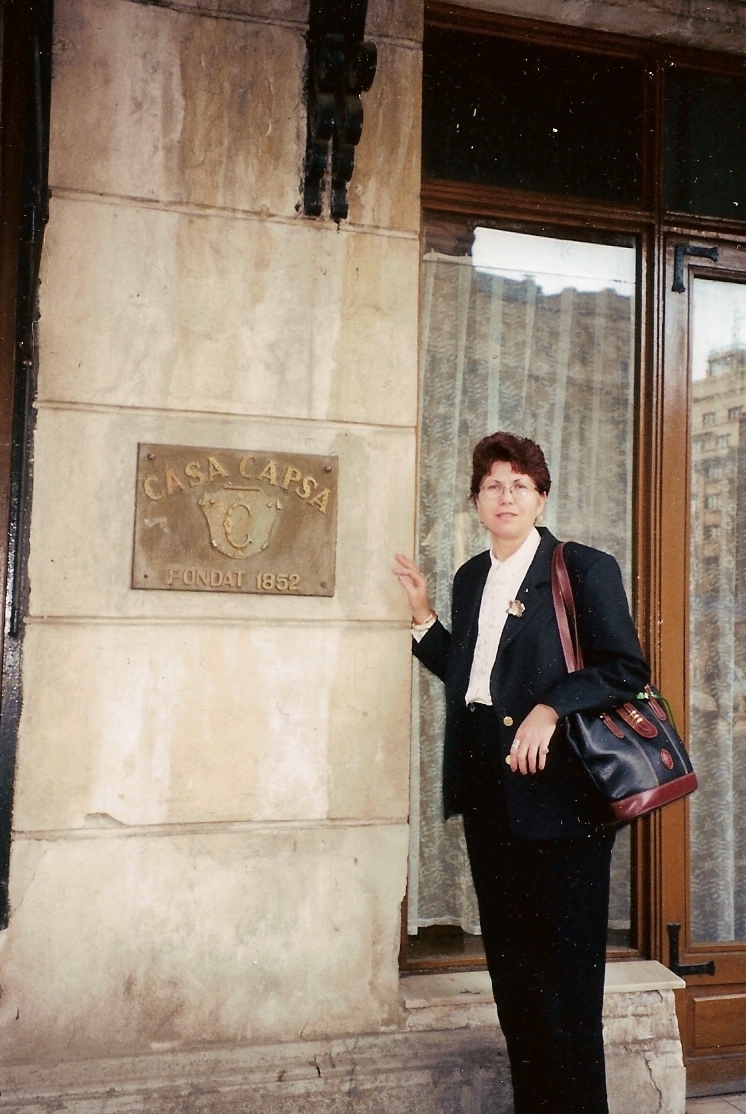
I recall on my first "getting lost in Bucharest Walking Tour," how I arrived right in front of Café Capsa, walked in, and was mesmerized with the 30s decor, architecture, and of course the small round brown tables with the hand-carved brownish chairs covered with green and red velvet tapestry. The air in Café Capsa smelled that sweet coffee aroma. I ordered a coffee and a Savarine cake. Those were precious moments that I recall very warmly as I was thinking about Elise, my grandmother, and tried to imagine which table she sat at and with whom?
"Who" sounded the most mysterious to me. Well, I could use my fruitful imagination, but I dropped the idea. Indeed, she was a very beautiful woman - black hair with watery blue eyes and a model figure.
I enjoyed speaking with the waiter who was dressed in the past era uniform. I asked him for how many years he had been serving. He was almost at his retirement age, and he had witnessed many interesting discussions and meetings of Bucharest's 'creme de la creme.'
Walking through Chismigiu Park, what happiness was that for me? I walked and walked until I came to the small lake and went on a boat for sailing as Elise used to do. I tried to re-live the stories I had heard for so many years.
I truly walked in the "Footsteps of my Ancestors."
After about ten days of walking through the capital, I decided it was time to visit the other side of my family - my mother - full turn of 360 degrees change of scenery and interaction.
It took 12 hours driving to the most northern point of Romania - Sighetu-Marmatiei – "the place where you hang the map." Yes, it is, but, my friends, this Romanian region is the most authentic, genuine, and beautifully virgin land you can still find these days.
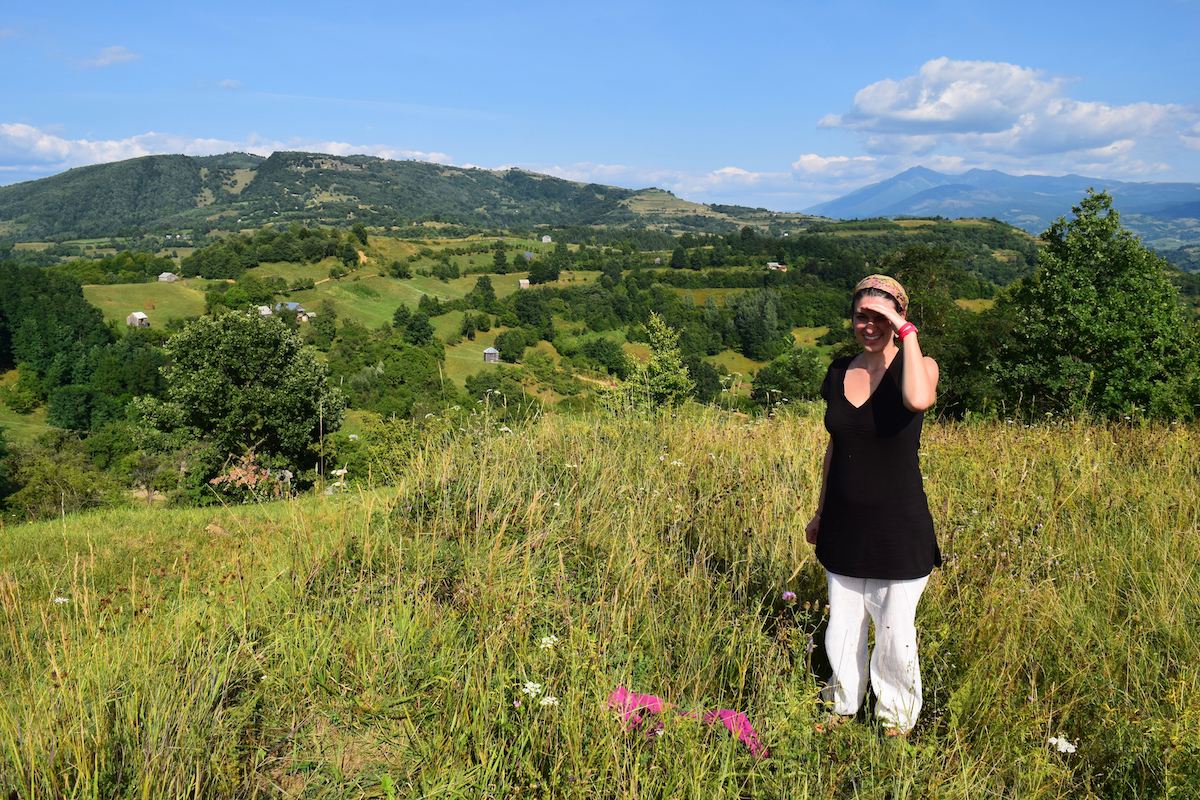
As I grew up, my Mom used to tell me stories that picked my curiosity; therefore, Sighet sounded much more fun and mysterious to experience than Bucharest.
My arrival in Sighet was filled with one surprise after the other, which made my stay so enjoyable that I decided to extend it.
Walking on the unpaved streets in 1998 felt like I was experiencing Sighet as my grandparents almost 60 years earlier. I never met them due to May 1944 deportations. I only met them through a picture, which is considered a real miracle.
My mother and her sister, the only two girls out of eight children, loved to go into the forest, which embraces the city like a big hug. They would pick up wild berries, raspberries, blueberries, and mushrooms. Oh, and she used to say they would eat until their tummies would hurt and their hands would be colored either blue or red, pending what berries did they eat, then come home with full baskets. I didn't have such an experience growing up in Israel.
In the month of May, I couldn't go and pick berries, but I could walk along the forest trail. There, I thought about my mother and aunt climbing and enjoying nature to the fullest, as I did while walking the trail.
The biggest surprise I had on my first visit to Sighet was meeting one of my mothers' first cousins. What a blessing and gift was this woman who turns 94 years at the end of the month!
I fell in love with Sighet, which those days could have been considered a third world city - no sidewalks, people dressed simply or in national clothes, water still coming via the well, heating by wood stove and so on - however, it felt very spiritual and mystical. I vowed I would be back, and yes, I was back a few times until 2010 when I decided I must come and live here. Sighet has changed in the past 21 years since I visited for the first time.
What do I miss nowadays during the COVID-19 epidemic era?
First and foremost, the high school educators and their students to whom Fundatia Tarbut Sighet Cultura si Educatie Iudaica provides interactive cultural programs about the local Jewish history and culture pre-1944. This Foundation was established in memory of my mother's family and the rest of the Sighet Jews murdered in Auschwitz during the Holocaust.
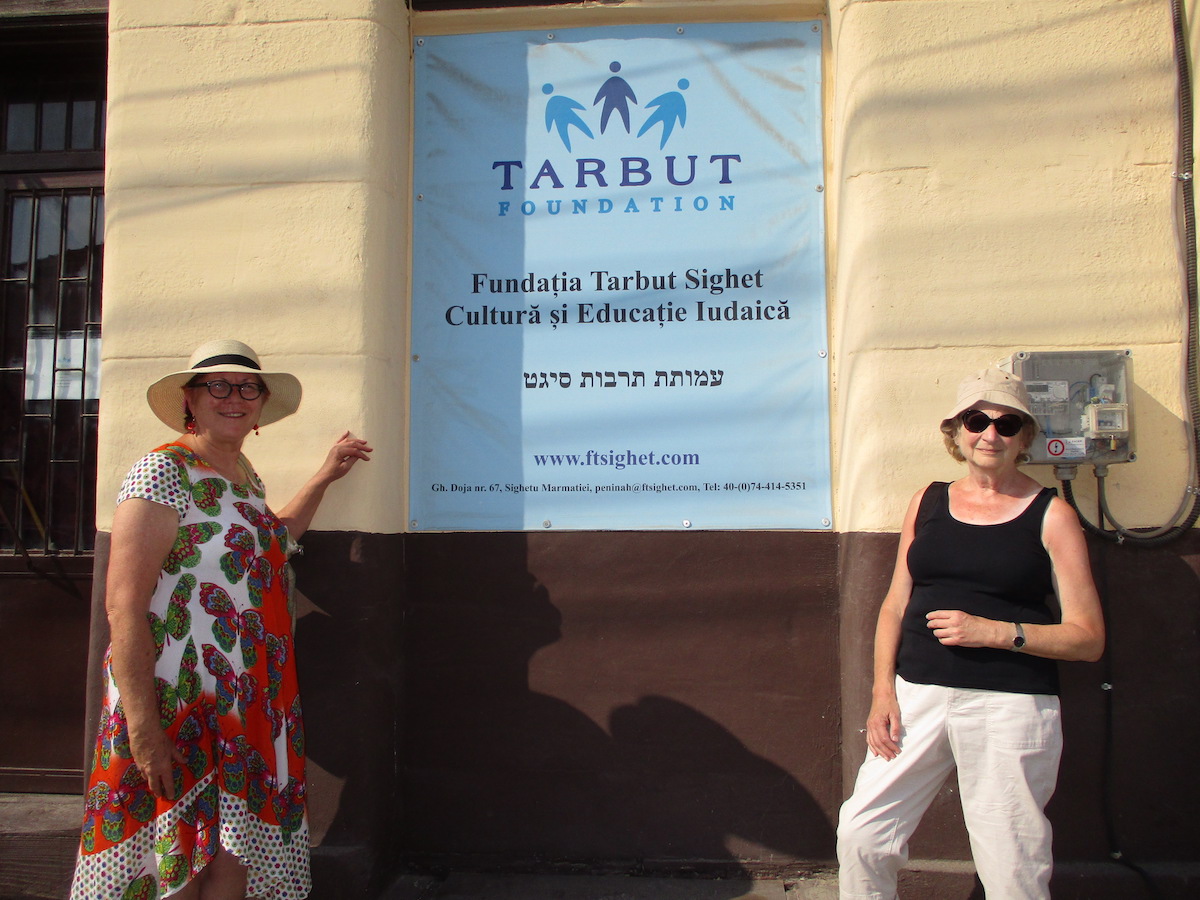
I miss shopping at the colorful local market, which is an outstanding experience - the smell of sauerkraut and pickles, the sounds of Romanian folklore music accompanying all the rest of the usual market sounds, meeting all the vendors and hearing their life stories is a real treat. You have to take into consideration all the food at the market is not officially considered organic, but it is - all veggies, fruit, milk, yogurt, honey, meat are homemade, no factories, no preservatives, only natural ones… lots of salt.
The park on the shores of the Tisa River - there are two rivers around Sighet, the Iza and Tisa. The name Sighet in Hungarian means an "Island" because the two rivers are hugging the city.
The coffee shops and restaurants, where you sit and meet almost the whole town - just kidding - I mean, the more active citizens. The beauty is you can ask someone to join you or the group for a coffee, juice, or tea and catch up on some gossip, some important Community news, who got married, who left town to work abroad, and so on.
What else I am missing, the "Air"! Yes, the air is clear, clean, and healthy. The region is considered a "Blue Zone," meaning people live for over 100 years. Just a few months ago, a lady passed away at 105.
My friends, most of all! I miss the interaction with the locals, dancing to the tunes of the hora variations, the food, and the peacefulness.
I miss you, the Tourist, very much. We lead special "Family Roots Journeys" with people from around the world, walking in the footsteps of their grandparents." I enjoy providing experiential tourism while meeting the locals.
I invite you to dare coming to this small paradise just for a few days, once traveling will be possible again.
Until then, stay safe and healthy! La revedere… Good Bye!
editor@romania-insider.com
(Photos: courtesy of Peninah Zilberman)








